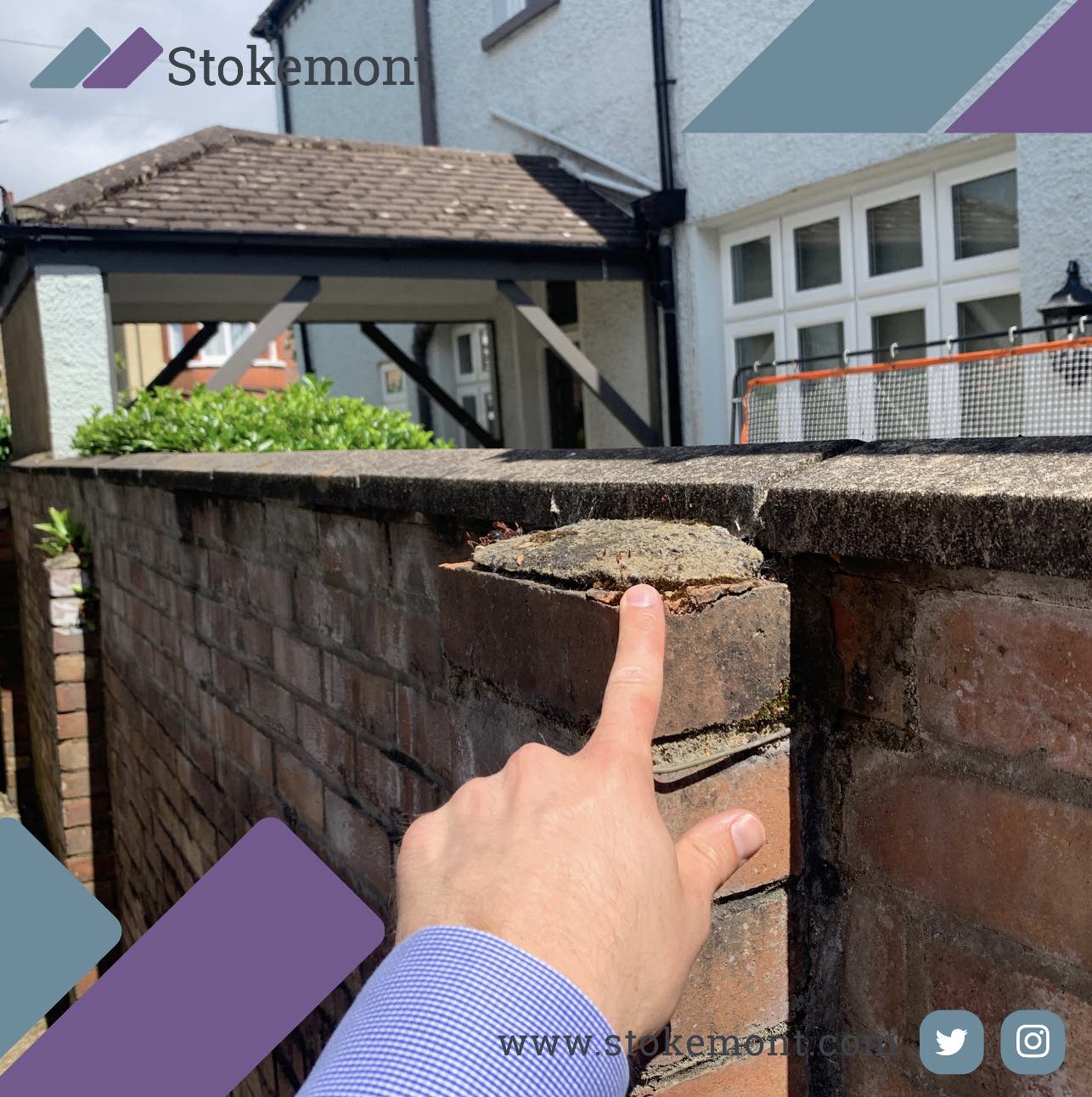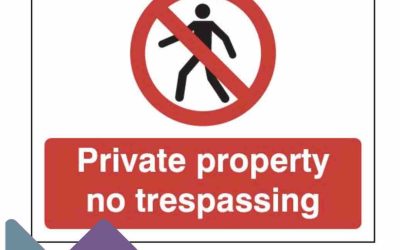In this week’s property Surveying blog post, we are going to be looking at Type B Party Walls and how they differentiate from normal Party Walls.
So, what exactly is a Party Wall? In simple terms, a Party Wall is a dividing wall which forms part of a building structure which is built astride the boundary line of land belonging to two or more owners.
Section 20 the Party Wall etc Act 1996, defines a Party Wall as:
“party wall” means
(a) a wall which forms part of a building and stands on lands of different owners to a greater extent than the projection of any artificially formed support on which the wall rests; and
(b) so much of a wall not being a wall referred to in paragraph (a) above as separates buildings belonging to different owners;
When discussions are had about party walls, they can fall into a number of interpretations which can become slightly confusing for those who have never come across the term “party wall” or the Party Wall Act 1996 itself.
Party Wall – Type A: A Type “A” Party Wall is a wall which stands astride the boundary of land belonging to two or more owners, it must form part of a building structure.
Examples include; walls separating terraced houses, or houses which are attached to a neighbouring owner’s garage structure.
Party Wall – Type B: A Type “B” Party Wall is a wall which stands wholly on one owner’s land but is used by two (or more) owners to separate their buildings. An example of this would be where a neighbouring owner has a structure, such as a newly constructed extension or a garage that has been enclosed against a wall that is owned by the other neighbouring owner.
Only the part of the wall that does the separating is a Party Wall with the wall above or to the side not being a Party wall.
The key point to note with a Type B Party Wall is that the wall may not have been constructed to be a party wall, but rather a wall built up to the boundary line of one owner’s land, however, through the act of enclosure, or making use, they have become party walls.
Enclosure or making use, is covered under Section 11(11) of the Party Wall etc Act 1996:
Where use is subsequently made by the adjoining owner of work carried out solely at the expense of the building owner the adjoining owner shall pay a due proportion of the expenses incurred by the building owner in carrying out that work; and for this purpose he shall be taken to have incurred expenses calculated by reference to what the cost of the work would be if it were carried out at the time when that subsequent use is made.
A Building owner will usually be entitled to compensation for this act which would be calculated by the Surveyor(s) dealing with the matter, but we will touch on this in more depth within an additional log to come.
Party Fence Wall, also referred to as Boundary Wall: A Party Fence Wall is very much similar to the likes of a Party Wall, as its wall which stands astride the boundary of land belonging to two or more owners.
Section 20 of the Party Wall etc Act 1996, defines a Party Fence Wall as:
“party fence wall” means a wall (not being part of a building) which stands on lands of different owners and is used or constructed to be used for separating such adjoining lands, but does not include a wall constructed on the land of one owner the artificially formed support of which projects into the land of another owner;
However, where it differs, is that it must not form part of a building or structure but instead extends from it.
A usual example of a Party Fence Wall would be a masonry or stone wall between the gardens of two properties, which acts as a single boundary feature. Due to the ownership of a party fence wall being shared, both owners would attain equal rights under the Act regarding the Party Fence Wall.
A key point to note is that wooden fences, or even fences with concrete posts, are not deemed to be party fence walls.
The Party Wall Act also uses the expression “party structure”, this term includes dividing structures such as floors, ceilings or other partitions which are shared.
Section 20 of the Party Wall etc Act 1996, defines a Party Structure as:
“party structure” means a party wall and also a floor partition or other structure separating buildings or parts of buildings approached solely by separate staircases or separate entrances;
This would relate more to flat ownerships type properties, where an owner may want to remove, adjust, or improve shared partitions which may affect an adjoining owner. It is uncommon that structures of this type would be deemed a Party Wall matter, but more commonly a License for Alteration’s matter.
Party Wall Surveying procedures can be confusing at the best of times. Here at Stokemont we are Party Wall Specialists. If you would like to discuss Party Wall surveying with our team of Party Wall surveyors, give us a call today and we will be more than happy to assist and advise you.




